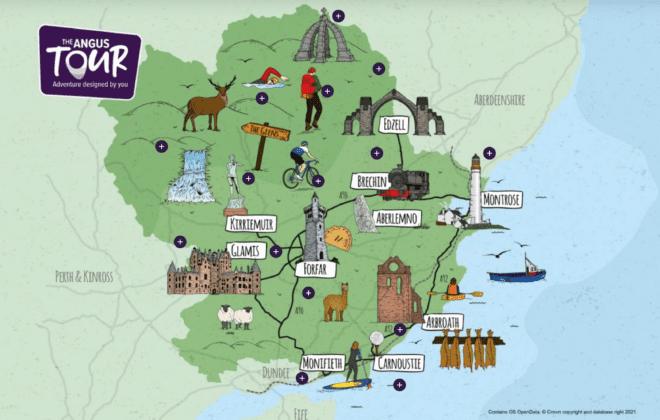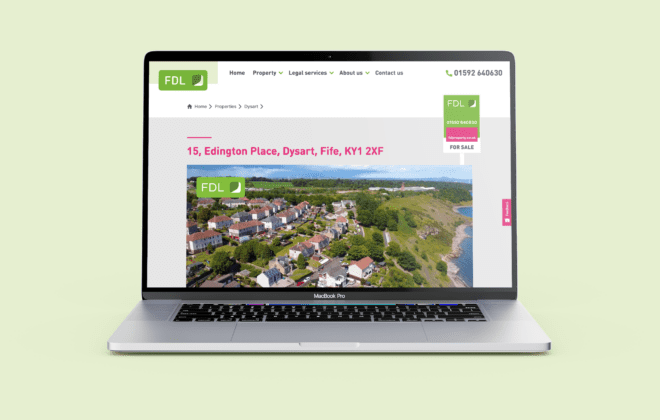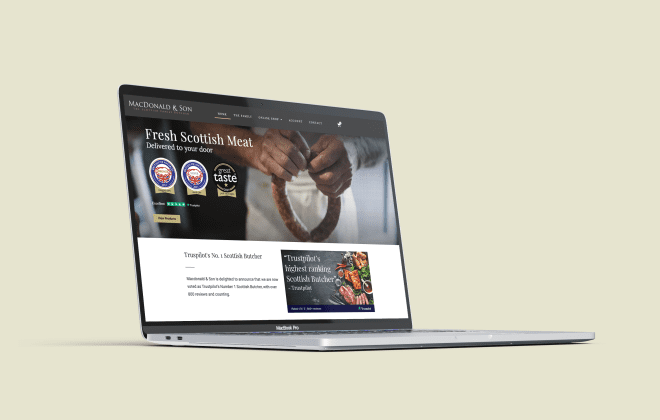Design Sprints at University of Dundee
Putting the Design Sprint methodology to work to gather user requirements and input for prototyping.
Background
Before the University of Dundee embarked on a major website project with a total budget of over £1 million, they wanted to perform extensive user research. One of the approaches we took was to invite staff and students to join us at multiple Design Sprint sessions.
A Design Sprint is a structured ‘design thinking’ process that translates business objectives into actionable insights in just a few days. We compressed the usual five day process into three days to account for the limited availability of students and teaching staff:
- Day 1: Working with attendees to understand the problem and sketch potential solutions
- Day 2: Prototype development
- Day 3: User testing
I facilitated a Design Sprint for each of the major areas of the website, including staff pages, course pages, the homepage, country pages, and subject pages.
Goals
- Work across departments to solve major problems together
- Generate interest and engagement in the website refresh project
- Build relationships across the organisation to ensure future work (like gathering content) was as smooth as possible
- Gather user needs and perspectives
- Rapidly build interactive prototypes ready for user testing
Results
The user needs and input we gathered played a significant part in how we defined requirements for major parts of the website. They informed everything from content models, designs, and even acceptance criteria for developing functionality. This was a highly effective way of creating a website based on a clear understanding of user needs.


The Design Sprint process continues to be used when faced with problems or unique challenges. Other teams have also adopted the approach within their own departments.
We have provided advice and training to other organisations and I have presented about Design Sprints at conferences and events across the UK.
Read my article, ‘Solve big business problems in five days using Design Sprints’.




